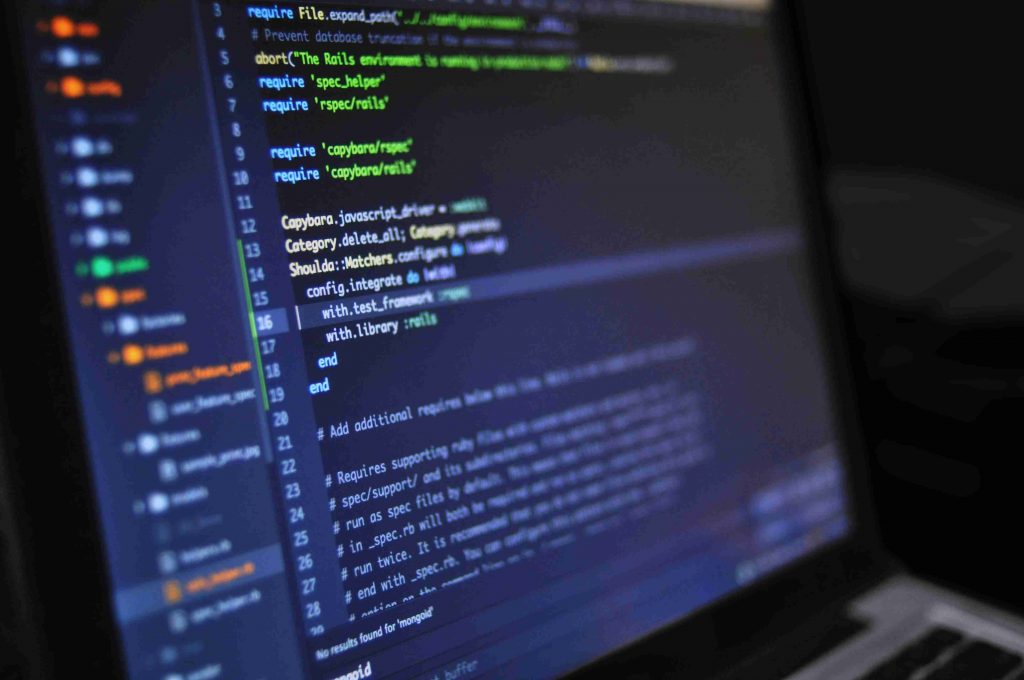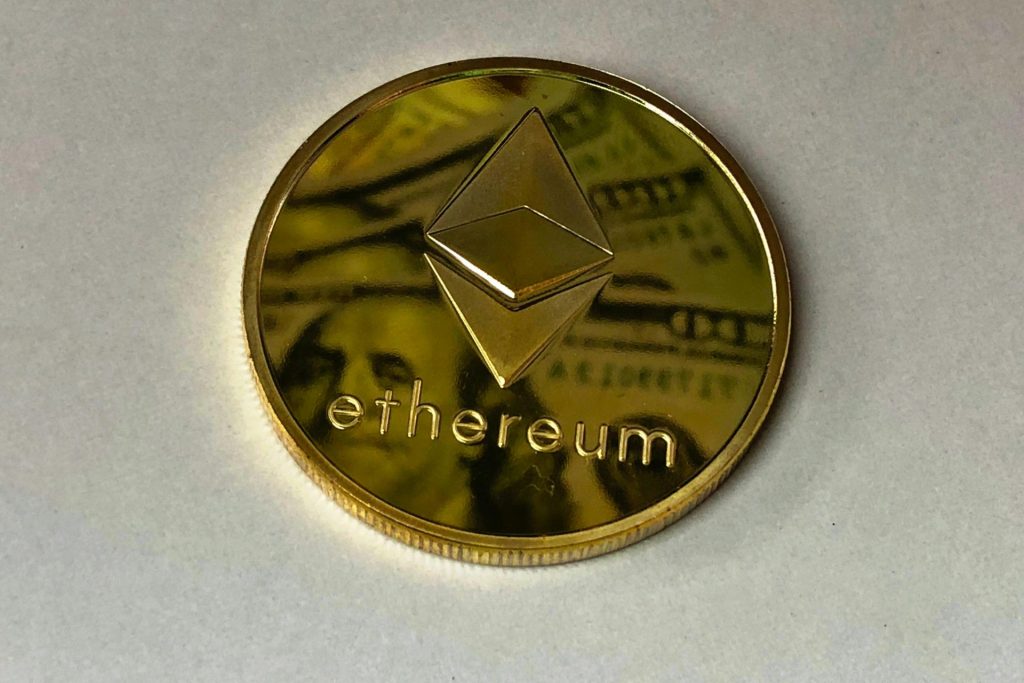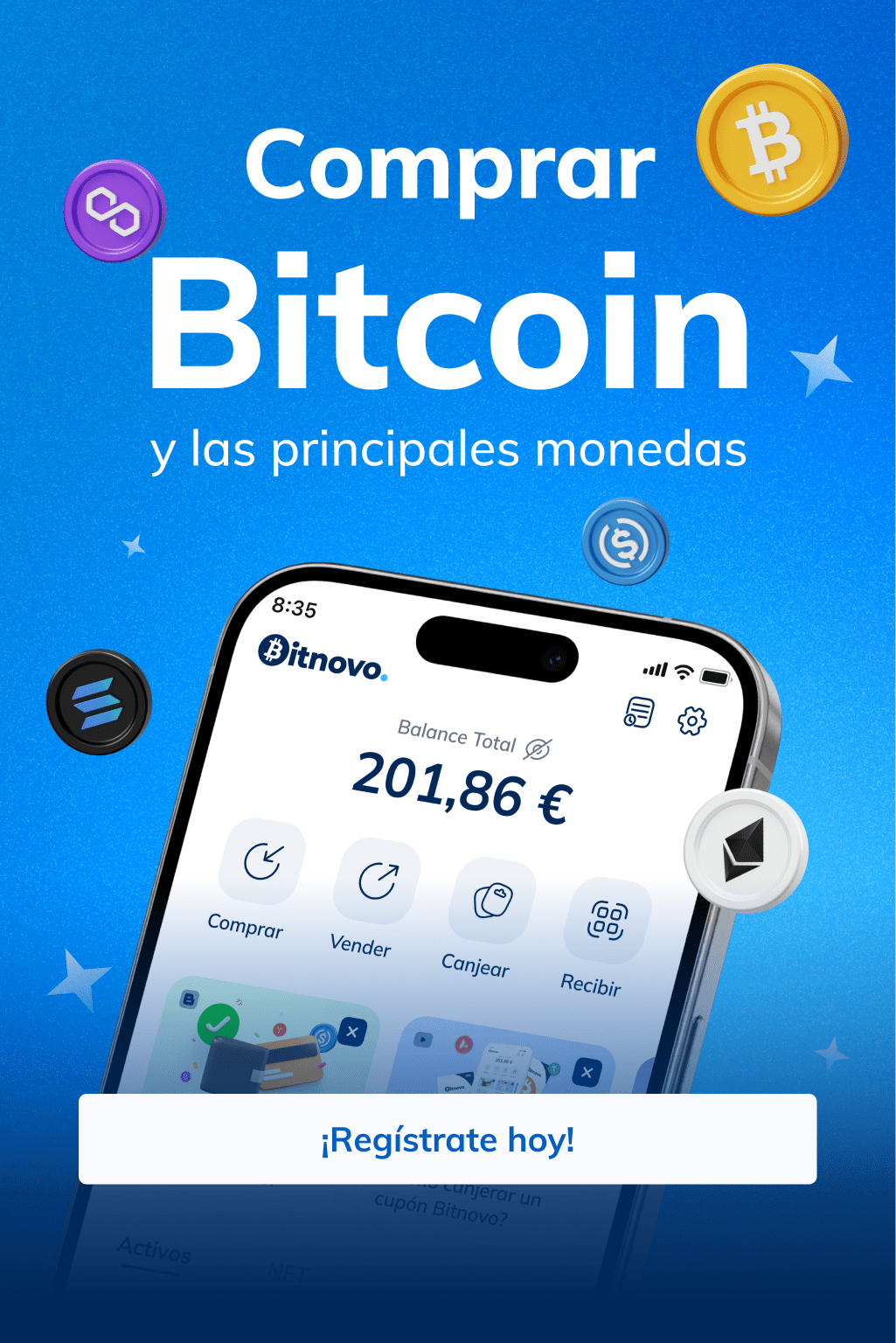Guide to Understanding Blockchain Without Doing 3 Programming Master’s Degrees

Table of Contents
ToggleThese days, Bitcoin and cryptocurrencies are everywhere: in the news, newspapers, and social media. But understanding what it’s all about can be tough. Behind all those digital coins and so much technology, there’s a driving force: the blockchain. No, it’s not quantum physics—just a bit of computer science.
Don’t worry! With this guide, you’ll learn in 5 minutes (and without a university degree) exactly what blockchain is and how it works.
What Exactly Is Blockchain?
Let’s keep it general and simple. Blockchain is just a shared digital database. In this database, transactions are recorded (like when you send or receive BTC). All of this happens securely, transparently, and—most importantly—immutably. Immutability means that once a transaction is recorded, it can’t be deleted or modified. It’s like a transparent, public ledger—but digital.
Why is it called a “blockchain”?
You’ve probably heard of a “chain of blocks”—that’s what “blockchain” means in English. The “blocks” part comes from the fact that when a transaction happens, it’s grouped with others into a block. This block is then linked to the previous one, and voilà: you have a blockchain.

Each block contains information and a reference to the previous block. This makes it nearly impossible to tamper with any data in any block of the chain.
Who invented this technology?
Blockchain arrived with Bitcoin, so it was conceptualized in 2008. This was thanks to the paper “Bitcoin: A Peer-to-Peer Electronic Cash System”. In it, Satoshi Nakamoto introduced the idea of blockchain and the Bitcoin cryptocurrency.
It’s worth noting that the idea of distributed ledgers existed before. What Satoshi did was combine distributed networks with cryptography and add a consensus system, creating a secure and decentralized ecosystem what we now know as blockchain.

How Does Blockchain Work in Simple Terms?
If I had to explain how blockchain works in three words, I’d say: blocks, transactions, and nodes. Basically, these are the three parts of a blockchain. A transaction is any action on the chain that gets recorded—sending money, receiving it, or certifying a document, among many possibilities.
Then there are blocks, which, as you’ve seen, are packages where transactions are grouped before being added to the blockchain. Finally, there are nodes—the computers that do all the work. They operate in the network and keep a backup copy of the entire blockchain.
What is consensus and why does it matter?
One of the elements that made Satoshi Nakamoto’s technology successful was the consensus system. This is an agreement among all nodes about which transactions are valid and in what order they should be added.
There are several ways to reach consensus, with the two most well-known being Proof of Work and Proof of Stake. These systems help prevent fraud and attacks on the network, as they ensure all participants agree before approving anything—it’s hard to fool them.
What does it mean for a blockchain to be “decentralized”?
Another key aspect is decentralization. This is inherent to most cryptocurrencies. Basically, there’s no boss, bank, or company controlling everything. Only nodes, all with equal power and the same information. If one fails, the rest keep working.
That’s why decentralization makes the network stronger and more resistant to attacks. Corrupting one node does nothing—you’d need to corrupt more than half to gain any control. Don’t even try; it’s nearly impossible.
Why Is Blockchain So Important?
Blockchain is the core of every cryptocurrency. It’s not just the engine; it’s also the record, the security, the operations center… It’s the technology that ensures cryptocurrencies can be what they are.
This is achieved thanks to three key features:
-
Immutability: Once something is written, it can’t be erased. When a transaction is recorded on the blockchain, it can’t be changed or deleted. This guarantees data integrity and prevents fraud.
-
Transparency and trust without intermediaries: Anyone can view any transaction. It’s a public record, accessible anytime, anywhere. This builds trust without needing banks or intermediaries. Transparency has made blockchain ideal for things like product traceability or document certification.
-
Security without banks or governments: Information is protected and distributed among thousands of nodes thanks to cryptography. It’s extremely hard to hack or manipulate. All this is thanks to computer science and math—no president or bank director needed.
Blockchain Uses Beyond Cryptocurrencies
A common mistake is to associate blockchain only with cryptocurrencies. You’d be surprised at how many things blockchain can do. In fact, you’ll know in a second.

For starters, blockchain can trace products. This means you can know the entire journey of a product from origin to end. This is ideal in food or energy industries to guarantee authenticity and safety.
Another use is digital identity and data protection. Just as transaction data is protected, this process can be applied to the real world. Blockchain can make verifying identities online easier and increase protection against fraud and theft.
This one might surprise you: yes, blockchain can be used to vote for your favorite president. Today, some successful tests of electronic voting via blockchain have been done in countries like the United States, Japan, and India. Blockchain ensures votes can’t be manipulated, making it ideal for such processes.
It can also be used for academic certificates or diplomas to guarantee they can’t be faked when issued digitally. The same system can even guarantee ownership rights of digital works like NFTs, music, or art.
Are All Blockchains the Same?
The quick answer is No, not all blockchains are the same—they can be very different.
Public vs. private blockchain
There are two main categories, plus a third hybrid type. Public blockchains are open to everyone—anyone can participate, search for information, or interact. This is the ultimate in transparency and decentralization. Examples include Bitcoin and Ethereum.
In contrast, private blockchains are only accessible to certain users or groups. They may be controlled by an organization or entity. This type is common in companies seeking more privacy and control.
If you combine both, you get a hybrid blockchain. This mixes the best of both: some operations and data are public, others private. It’s flexible, offering control and transparency, and can adapt more to one category or the other depending on the project’s needs.
Proof of Work vs. Proof of Stake
Regardless of blockchain type, transactions need validation. There are two main consensus mechanisms (though there are more):
-
Proof of Work is used in Bitcoin. Participants solve math puzzles to validate blocks. Only with the correct answer is the new block added, and the solver gets a reward.
-
Proof of Stake is used in newer blockchains like Ethereum. Validators are chosen based on how many coins they have “staked” in the network. It’s much more energy-efficient.
Some popular blockchains
There are thousands of blockchains in the crypto ecosystem, and it all started with just one. Today, the most famous is Bitcoin. Then there’s Ethereum, known for its technology and smart contracts. Solana stands out for its speed and low costs, and Cardano for its sustainable approach. These are just a few highlights in the vast blockchain universe—explore it!

Do I Need to Know Programming to Use Blockchain?
You really don’t need to know programming to use blockchain. All you need is a phone, internet, and a wallet app to navigate the ecosystem.
There are handy platforms like Bitnovo that make it easy. With the app, you can buy and manage your cryptocurrencies, connecting with the blockchain as simply as possible, regardless of your technical level.
Now, if someone asks you what blockchain is, you can explain it from the basics to the present. And if you don’t want to, just send them this article—they’ll thank you!




